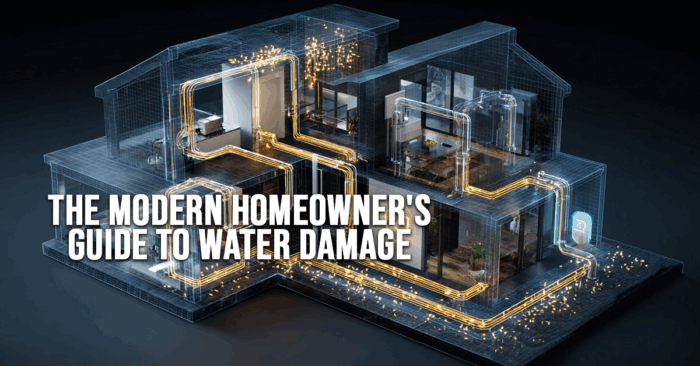Seven Factors that Affect Your Homeowner’s Insurance Rates

Seven Factors that Affect Your Homeowner’s Insurance Rates
Those unfamiliar with how insurance rates are set may feel as if there are a few guys in a smoke-filled room rolling dice to determine premiums. Actually, it is quite the opposite. Insurance rates are based on complex formulas using a variety of factors. When it comes to homeowner’s insurance, here are seven factors that can affect your rates.
- Size of the home. Generally speaking, the larger a home, the more expensive it would be to replace it. It would make sense then, that a home with 3,600 square feet of living space would have a higher homeowner’s insurance premium than one with 1,600 square feet.
- Construction materials. How your home was constructed will have a significant impact on your rates. Some materials are more resistant to fire and wind, for example. Therefore homes constructed using concrete blocks or brick may be less expensive to insure than a pre-fabricated or stick-built home.
- The deductible. The deductible is the amount of money that you would pay out-of-pocket before policy proceeds begin to pay. The higher your deductible, the lower your homeowner’s insurance premium is likely to be.
- High-risk features. If your home has what are considered high-risk features, premiums will be more expensive. These higher-risk features would include items like a fireplace, wood-burning stove or pool. Rates may even be higher if you have a dog, especially one that may be classified as aggressive.
- Location. The location of a house can impact insurance costs. Homes near water, for example, can be more expensive to insure. If a house is located far from a fire station, it too may have higher premiums.
- If you have a home-based business.If you are operating a home-based business from your home and have not notified your insurance agent, you may be placing that business, your home and your financial future at risk. Your homeowner’s insurance premiums may rise slightly, but at least you’ll have needed coverage.
- Roof condition. Roofing is one of the single most expensive parts of a home to replace. It is also vulnerable to fire and the elements. This is why a roof in poor condition may cause homeowner’s insurance rates to soar.
We may not give much thought to our homeowner’s insurance policies, including how much they are costing us. If you haven’t looked at your policy in years, now may be the time for a no-obligation homeowner’s insurance policy review. Contact one of our independent agents for a review and price quote today.
Do you have questions about your insurance? Find an insurance agent near you with our Agent Finder
Search All Blogs
Search All Blogs
Read More Blogs
The Modern Homeowner’s Guide to Water Damage: The Hidden Risk of 2026
Water damage is a growing threat to your home. Learn how to prevent it and protect your insurance in 2026.
The Scent of the Moment: The Rise of Personal Scent and the Art of Fragrance Layering
Tired of smelling like everyone else? Discover how to create your own unique personal scent with fragrance layering.
The Resilient Enterprise: Business Insurance for a Cyber and Hybrid 2026
Cyber threats and a hybrid workforce are changing business insurance. Protect your company in 2026 with the right coverage.
Life Insurance, Not Just a Death Wish: The 2026 Financial Planning Essential
Life insurance is now a living financial tool. This guide shows how modern policies can help you build wealth and plan for the future.
Driving into 2026: Why Your Car’s Tech is Changing Your Auto Insurance
EVs and smart cars are changing insurance. Learn how new tech is affecting your rates and how to get the best deal in 2026.
2026 Home Insurance Outlook: Navigating a Stabilizing, but Still Volatile, Market
Home insurance rates are moderating, but risks remain. Prepare for 2026 with this guide on market trends and policy tips.
Digital Detox: Unplugging from the Matrix in an Always-On World
Feeling overwhelmed by screens? Learn how to do a digital detox and reclaim your life from constant connectivity.
Future-Proofing Your Enterprise: The 2026 Guide to Business Insurance
Cyber threats and remote work are changing business insurance. This guide shows how to protect your company in 2026.
Beyond the Black and White: The New Reality of Life Insurance in 2026
Life insurance is evolving. Learn how new policies are becoming flexible financial tools for families in 2026.
The Road Ahead: Navigating Auto Insurance in a World of EVs and Smart Cars
EVs and smart cars are changing auto insurance. This guide explains new coverage needs and how to save money in 2026.









